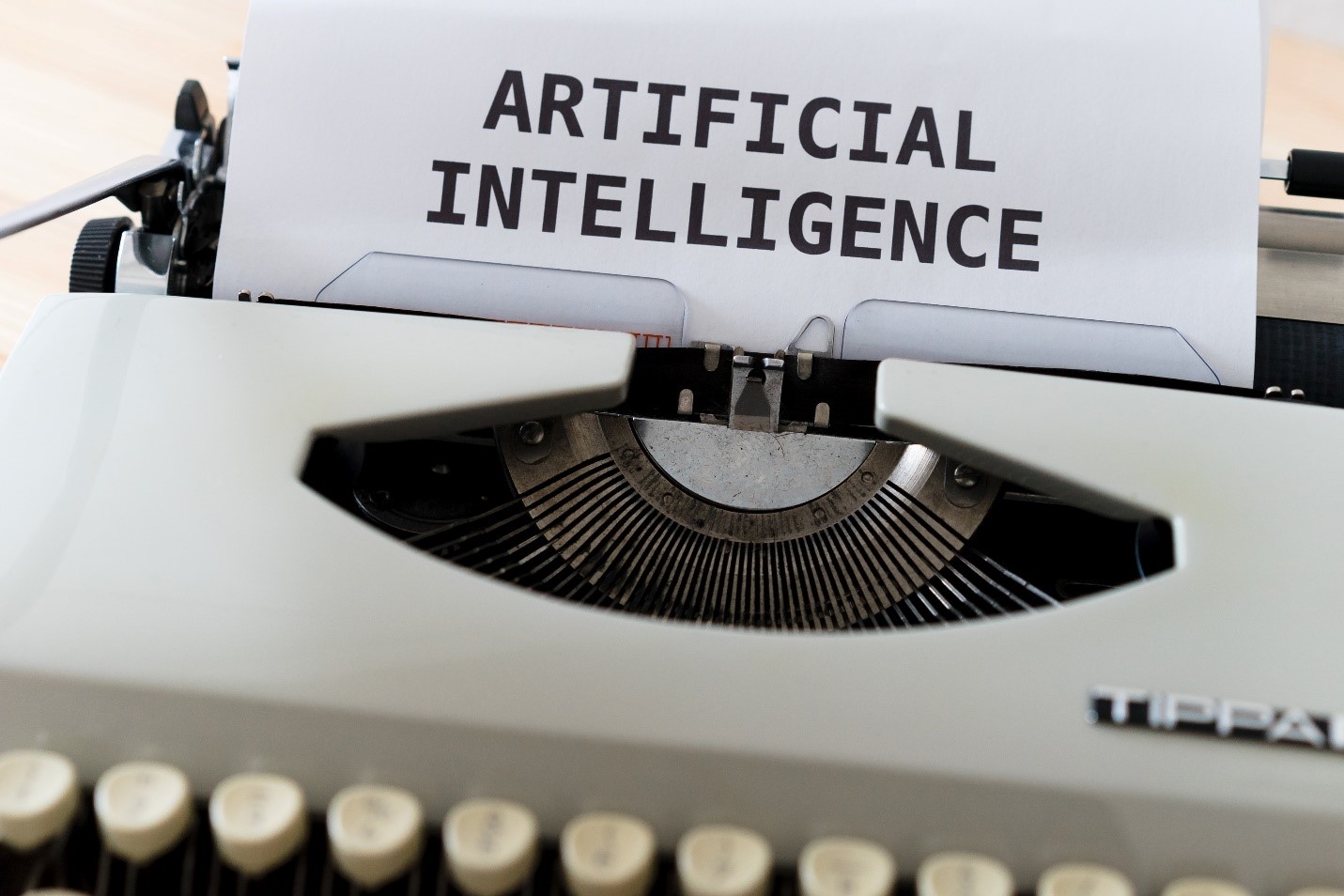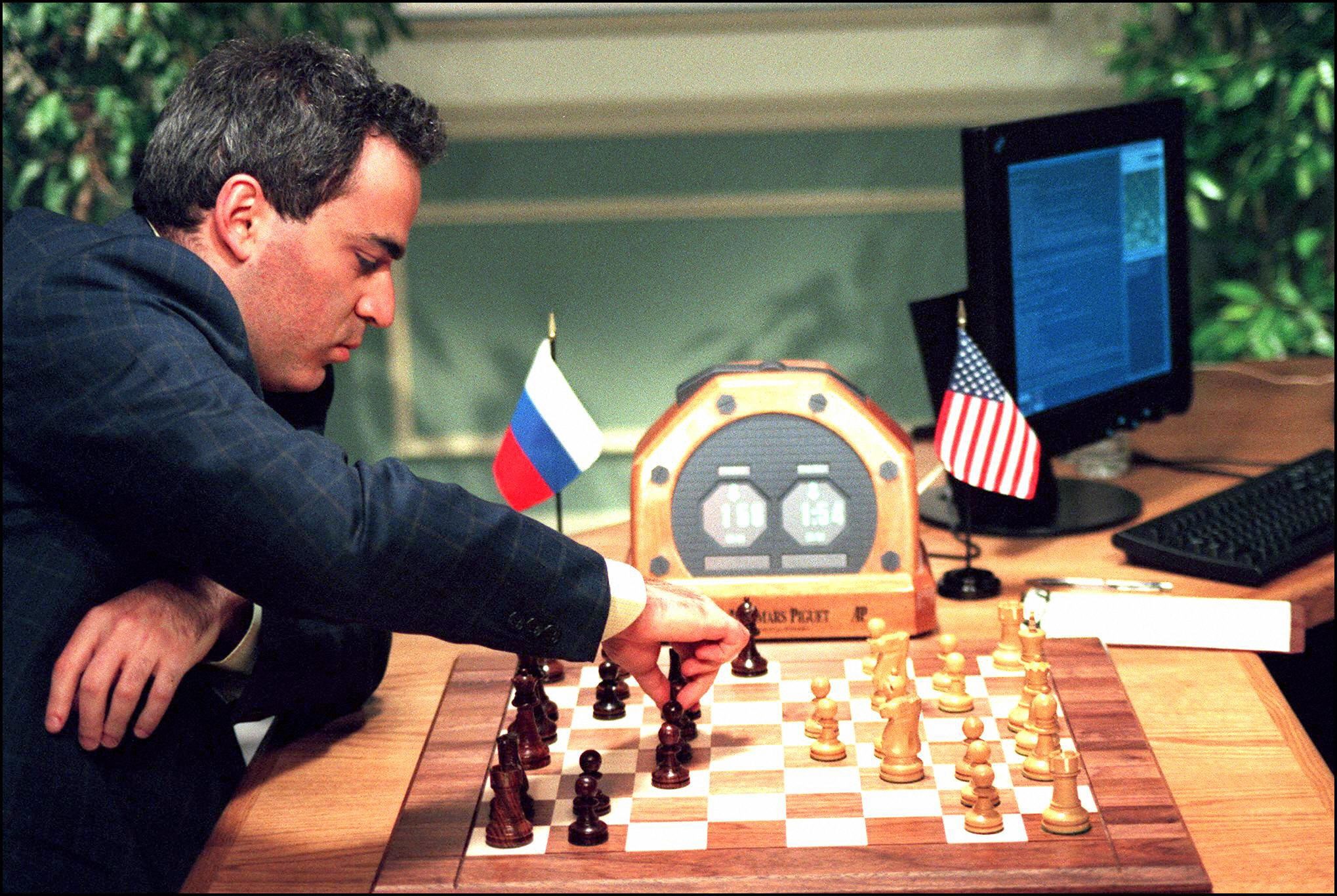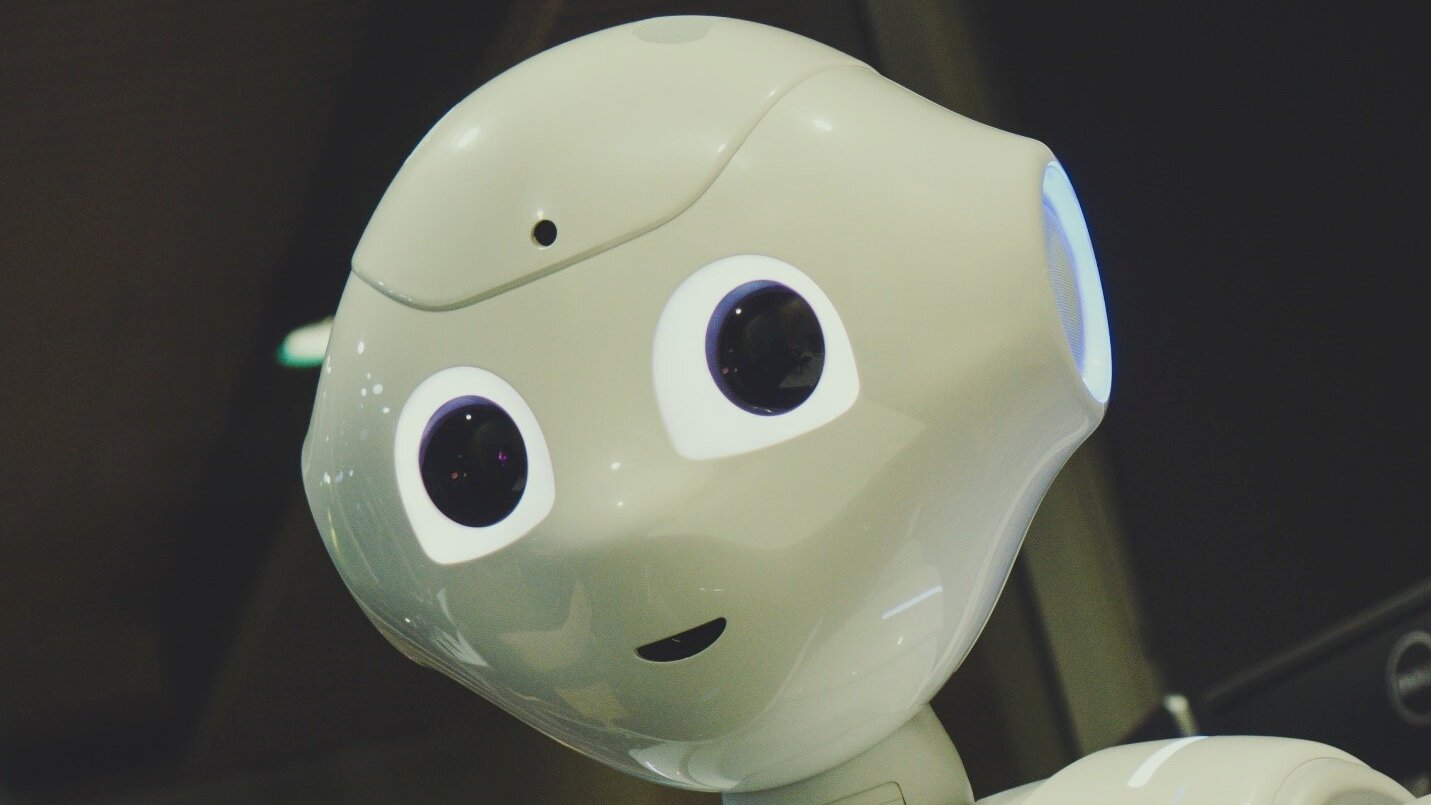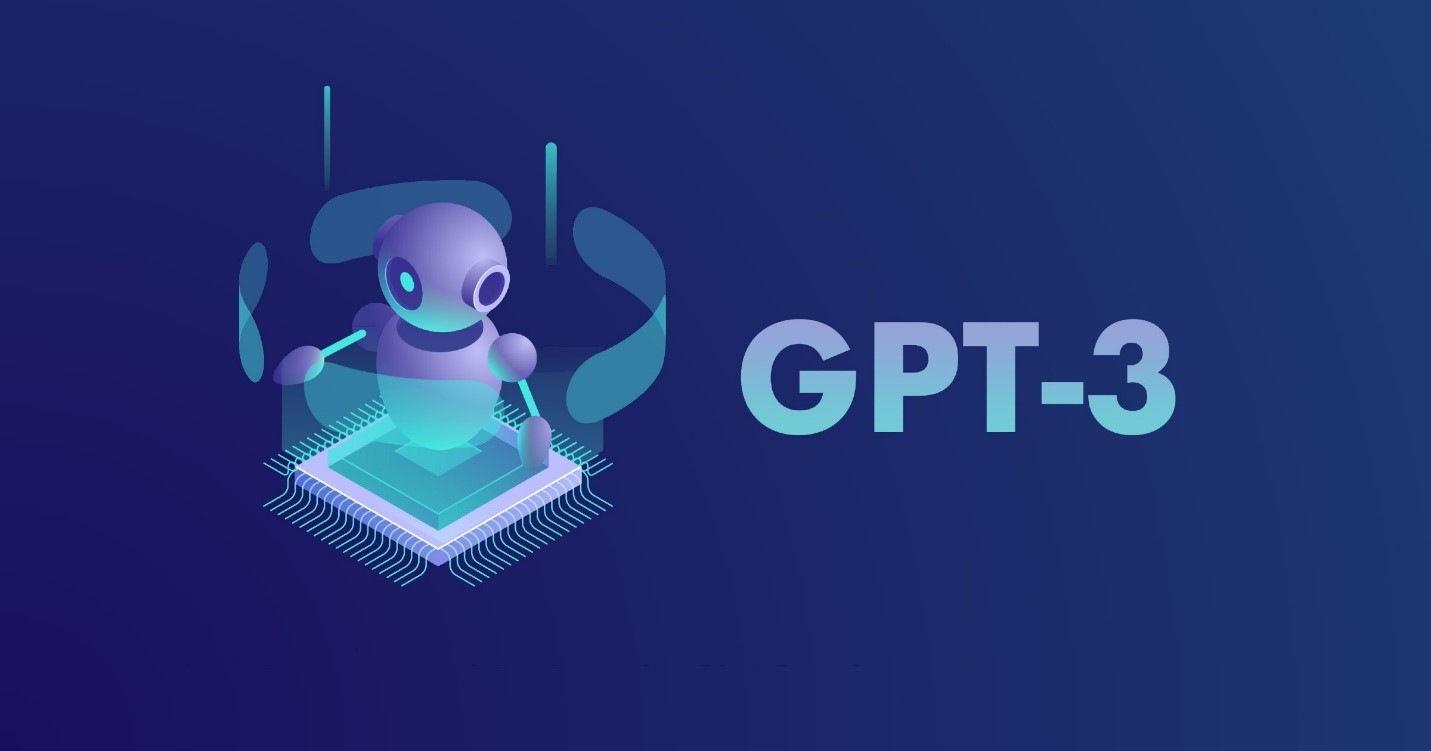
Intelligence is a word usually associated with the living. The ability to perform tasks through logical reasoning, not through a predefined set of movements or passively reacting to environmental stimuli allows living beings to adapt and evolve. The degree of intelligence which surpassed other animals and the accumulation of knowledge through the ages allowed humans to dominate the current era. For a long time, intelligence was thought to be solely limited to living beings, but in the late 19th century, a new term was coined to define intelligence of artificial beings, mainly in the realm of science fiction, which was Artificial intelligence.
Artificial intelligence is a type of system which can perform tasks in a smart manner akin to a human. Thought history different levels of systems were termed intelligent but in 1950 Alan Turing introduced the Turing test to determine whether or not a computer is capable of thinking like a human being.
Turing proposed that a computer can be said to possess artificial intelligence if it can mimic human responses under specific conditions. The original Turing Test requires three terminals, each of which is physically separated from the other two. One terminal is operated by a computer, while the other two are operated by humans.
During the test, one of the humans functions as the questioner, while the second human and the computer function as respondents. The questioner interrogates the respondents within a specific subject area, using a specified format and context. After a preset length of time or number of questions, the questioner is then asked to decide which respondent was human and which was a computer.
The test is repeated many times. If the questioner makes the correct determination in half of the test runs or less, the computer is considered to have artificial intelligence because the questioner regards it as "just as human" as the human respondent.
Artificial Intelligence can be categorized based on functionality which is separated into 4 types and based on technology which is separated into 3 types. Altogether there are 7 types of Artificial Intelligence.
Reactive Machines

The most basic types of AI systems are purely reactive and have the ability neither to form memories nor to use past experiences to inform current decisions. Basic neural networks which provide outputs according to inputs and expert systems which act according to predefined sets of rules fall into this category.
Limited Memory

Limited memory artificial intelligence can store previous data and predictions when gathering information and weighing potential decisions — essentially looking into the past for clues on what may come next. Limited memory artificial intelligence is more complex and presents greater possibilities than reactive machines. Reinforcement learning, which learns to make better predictions through repeated trial-and-error, Long Short Term Memory (LSTM), which utilizes past data to help predict the next item in a sequence and Evolutionary Generative Adversarial Networks (E-GAN), which evolves, growing to explore slightly modified paths based off of previous experiences with every new decision belongs to this type of AI.
Theory of Mind

Theory of Mind is just that — theoretical. We have not yet achieved the technological and scientific capabilities necessary to reach this next level of artificial intelligence.
The concept is based on the psychological premise of understanding that other living things have thoughts and emotions that affect the behavior of one’s self. In terms of AI machines, this would mean that AI could comprehend how humans, animals and other machines feel and make decisions through self-reflection and determination, and then will utilize that information to make decisions of their own.
Self-Aware
Once Theory of Mind can be established in artificial intelligence, sometimes well into the future, the final step will be for AI to become self-aware. This kind of artificial intelligence possesses human-level consciousness and understands its existence in the world, as well as the presence and emotional state of others. It would be able to understand what others may need based on not just what they communicate to them but how they communicate it.
Narrow Intelligence (ANI)

ANI is the most commonly applied type of AI in the current era. As you go deeper to know what is ANI, we can see that this type of Artificial Intelligence system can perform one or two tasks. It uses the training data and the learning experiences from the previous incidents.
Presently, everything in AI, right from the core developments to the sophisticated algorithms used for decision-making by machines, can be categorized under this type of Artificial Intelligence. ANI is also known as ‘Weak AI’ as it functions under a predefined, limited set of constraints.
Artificial General Intelligence (AGI)

Artificial general intelligence is the hypothetical ability of an intelligent agent to understand or learn any intellectual task that a human being can. With an AGI the computer can perform tasks in a way that incorporates a wide range of disciplines. Companies like Open AI, Deepmind, Google Brain, etc are racing towards actualizing Artificial general intelligence.
Artificial Super Intelligence (ASI)
The development of ASI systems in the future would be a peak achievement in AI Research. The AI systems would use vast amounts of memory to perform tasks and make decisions even better than human beings.
The outstanding amount of memory, rapid processing capabilities, and accelerated pace of intelligent decision-making would enable machines to perform complex tasks easily and in a shorter period. They will be able to make complicated decisions influenced by numerous factors like never before.
The development is on, and the researchers are achieving success one step at a time. This concept is present in its nascent stage and very much theoretical. Yet, it might soon be a reality shortly.
